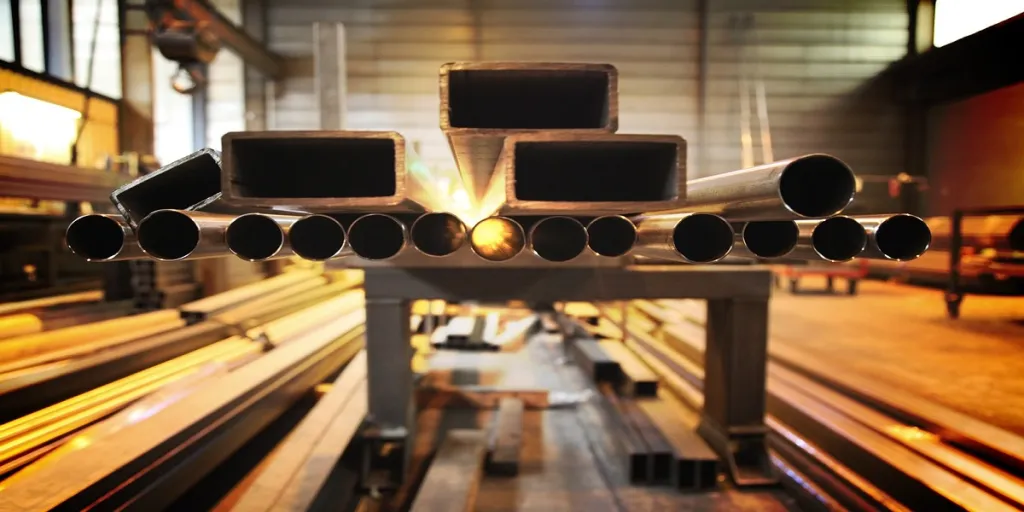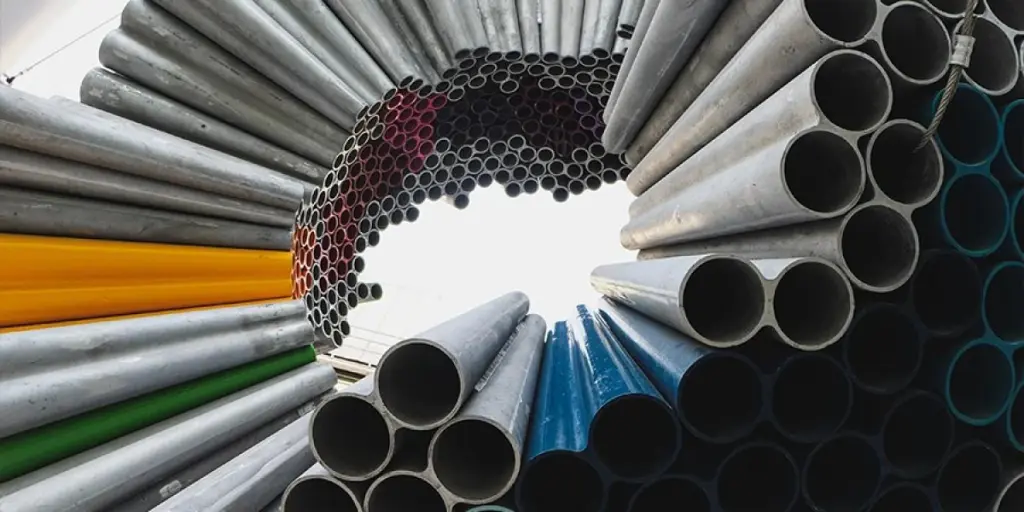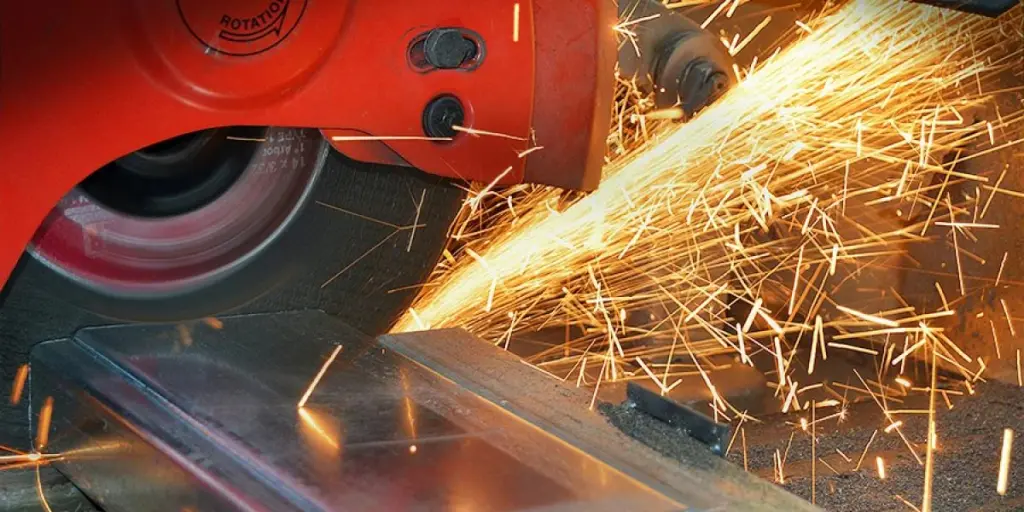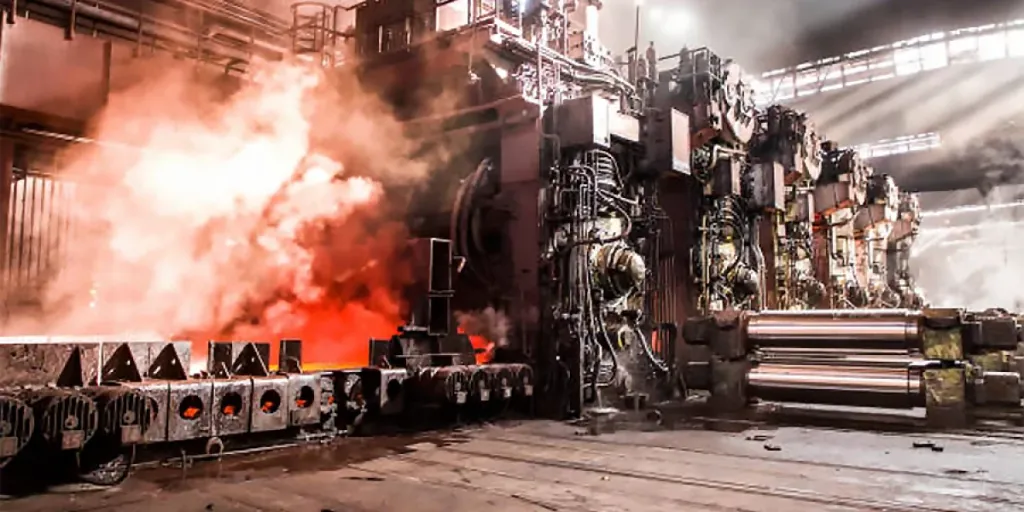Coming back from the downturn last year, China’s steel production is bouncing back stronger. This recovery means that not only will more steel be produced, but more will be in demand and generate many business opportunities for those watching the steel market trends.
Table of Contents
Overview of China’s steel market
Major types of steel expected to rise
Next step
Overview of China’s steel market
China is the world’s top producer of steel, at 808.4 million tons per year, accounting for almost half of the world’s supply. With US government tariffs contributing to steel’s appreciation from $615 (in 2020) to over $1900 (in 2021), and China’s cut-back of its steel production, there’s an opportunity in trading the material globally.
China is also a significant consumer of steel. According to GlobeNewswire, its economic growth rate is a key determinant of demand for steel and steel products. China has recovered to about 85% of its construction activity in 2019. This means its economy is not only well into recovery, but is also on the upswing, suggesting further demand boosts.
Major types of steel expected to rise
Galvanized steel sheets
Galvanized steel is a core material used in making frames, balconies, and awnings and is expected to see an increase in demand due to its extreme versatility and practicality in construction projects. Steel sheets are the ideal choice for outdoor infrastructure because of their non-corrosive features, making them suitable for all manner of infrastructures such as benches, bus stops, and playgrounds.
According to Steelbenchmarker, the price of steel sheets has increased from $490 in September 2020 to $688 in February 2022, showing an increase in demand. Some of the top exporting countries to keep up with the demand, according to Volza, are South Korea, Vietnam, and India. And some of the countries with the biggest demand for steel sheets are India, Vietnam, and the USA.
Hollowed steel tubes
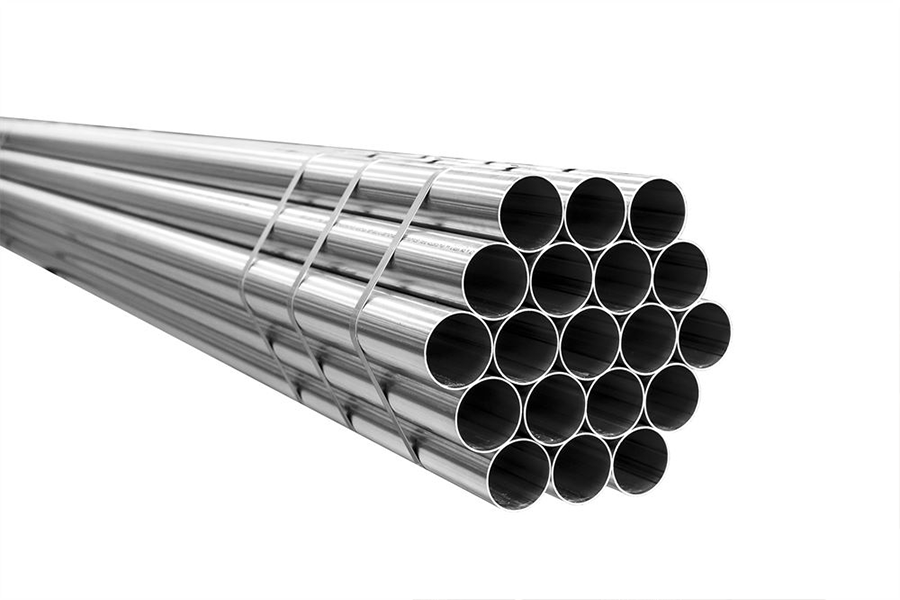
Hollowed steel tubes are also expected to increase production and use due to their multiple uses. They are also many construction companies’ first choice when building projects to a high standard because of their inherent strength.
According to GlobeNewswire, in 2020 the global steel market for hollow tubes was an estimated $42,580 million and is expected to climb up to $51,490 by 2027 with a CAGR of 2.2%. With an increasing demand for homes and infrastructure, hollow steel tubes will be seen more in underground pipes for water and gas projects and in buildings to protect electrical wires. Since hollowed steel tubes are lightweight, they are also used commonly in vehicles, refrigerators, heating and plumbing systems, and street lamps.
Steel rebar
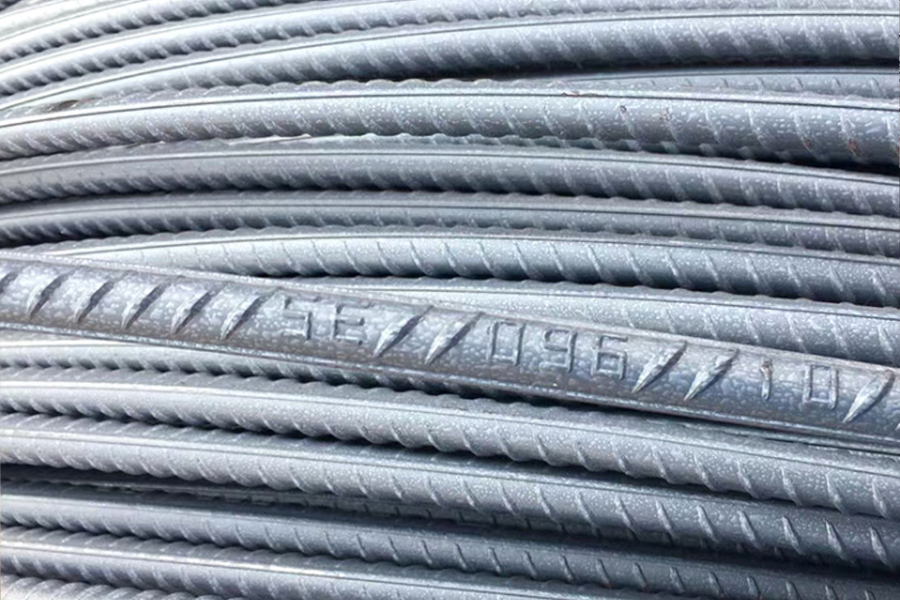
Steel rebar is seeing an increase in demand due to the rise in the production of buildings and city infrastructure. According to Steelbenchmarker, steel rebar was priced in China at $451 in September of 2020 and increased to $636 in February 2022. In 2020, some of the top exporters of steel rebar were China (with a worth of $1.16B), Japan ($477M), and Germany ($309M).
Steel rebar is used for its ability to increase the strength of a concrete building. It is also a preferred building element due to its ability to bend after being manufactured, making construction a more straightforward task and allowing rebar to be delivered where it needs to go faster. Most importantly, the compatibility of rebar with concrete helps build any basic, high-quality structure.
Hot rolled steel
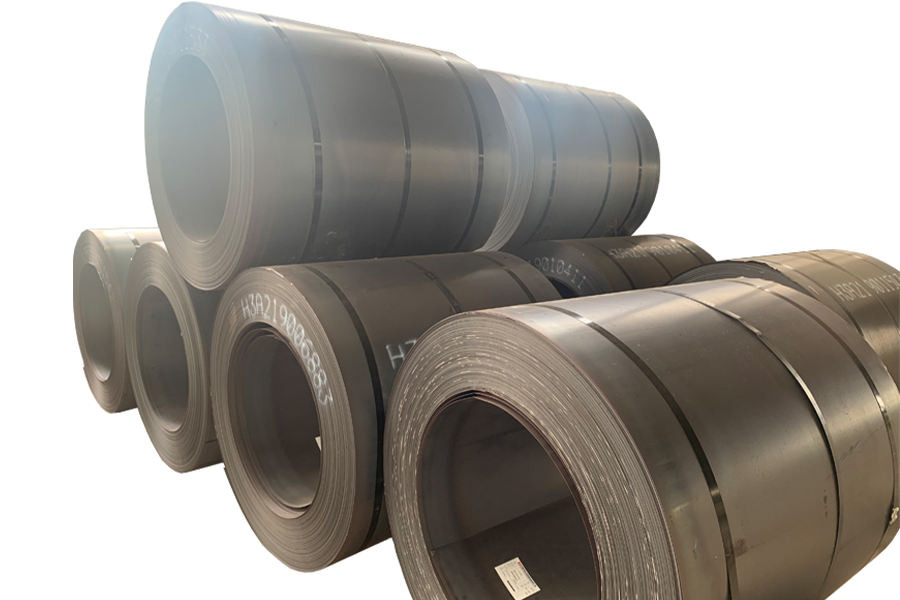
With an increase in transportation demands, hot rolled steel is going to be in more need for the next several years to keep up with the rapid transport infrastructure being constructed. With supply chain crunches worldwide and monetary policy sparking high single-digit inflation rates in many advanced countries, the market for hot-rolled steel has been on a roll.
Hot rolled steel will be seen more in welding projects, railroad tracks, and I-beams, enabling more transportation projects to be contracted.
Cold rolled steel products
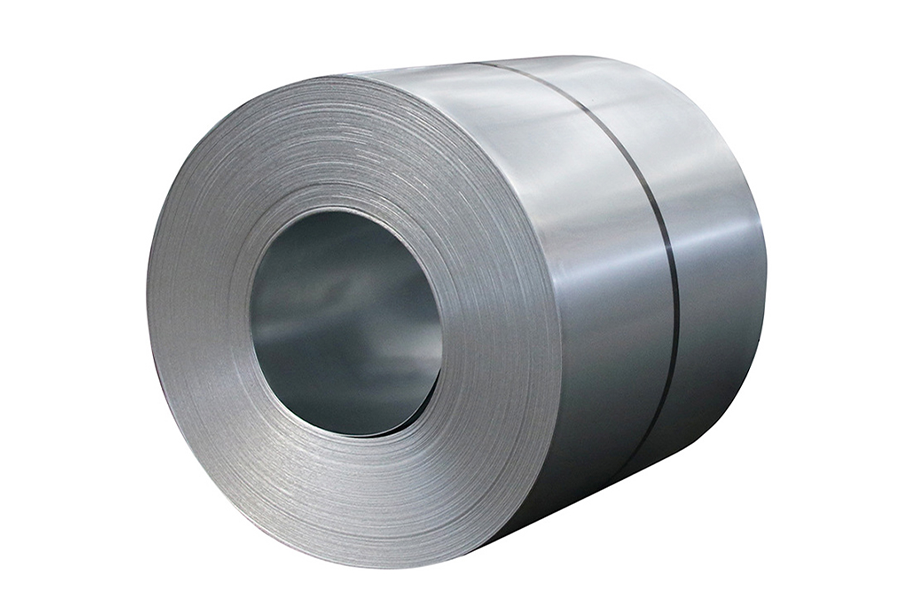
Cold-rolled steel is expected to see an increase in use as it is an ideal material for a variety of home appliances and construction projects where complete control over the finish and size of the steel is required.
According to Steelbenchmarker, cold-rolled steel was at $583 on the 28th of September and shot up to $758 in February of 2022. To keep up with China’s economy and rapid urbanization in some regions of the world, manufacturers will need cold-rolled steel for structural parts, home appliances, and water heaters.
Next step
Out of all steel products, the most trending ones that would be useful for interested buyers are hot rolled steel (with a price jump of $182 between 2020-2022), cold-rolled steel (with a price jump of $185 between 2020-2022), rebar (with a price jump of $198 between 2020-2022), and steel sheets (with a price jump of $175 between 2020-2022.) With prices only expected to increase following the trends, now is a good time to invest in this market.
